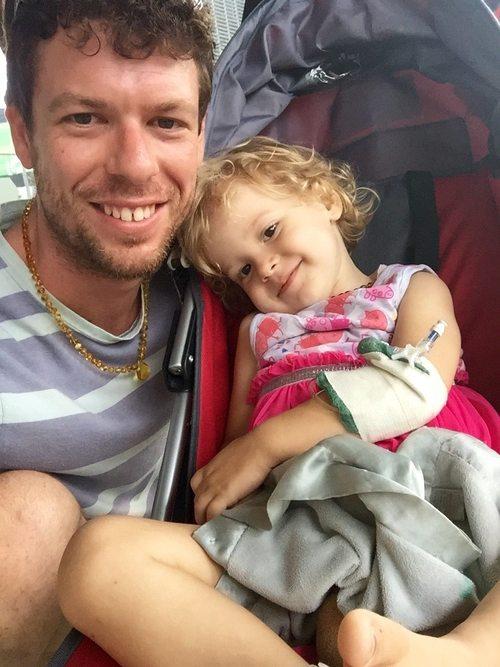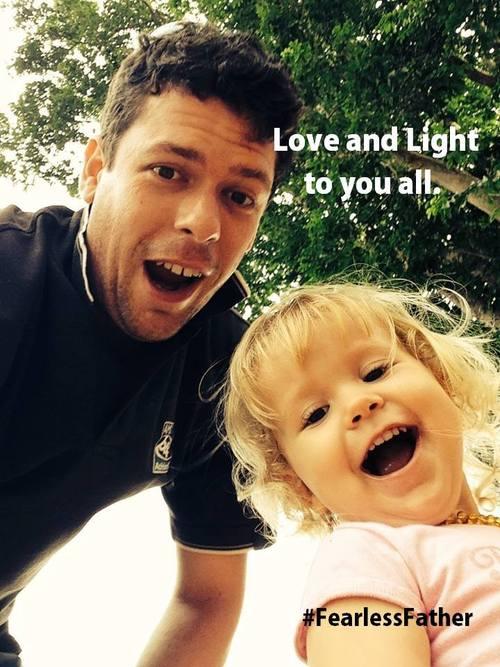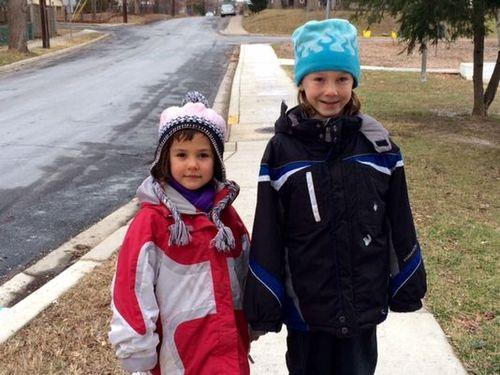Did Researchers Just Discover the Cause of Pancreatic Cancer?
Although no cancer diagnosis is welcome, perhaps no cancer type comes with a more frightening outlook than pancreatic cancer.
According to data from the American Cancer Society, pancreatic cancer is the twelfth most commonly diagnosed type of cancer. In 2014 alone, an estimated 46,420 cases were newly diagnosed. But what's truly disconcerting is that pancreatic cancer is the fourth-leading cause of cancer-related death, behind only lung, colon, and breast cancer, which are far more prevalent on the basis of diagnosis.
Further evidence of the tough battle being fought against pancreatic cancer is observed in the five-year survival rates presented by ACS. Combining all stages of pancreatic cancer, the five-year survival rate is a mere 6%, the lowest of all of the major cancer types. Metastasized pancreatic cancer results in a five-year survival rate of just 2% compared to localized pancreatic cancer, where five-year survival rates are a better, but still disappointing, 24%.
To say that pancreatic cancer needs targeted therapies as soon as possible would be a vast understatement. However, finding those therapies begins with better understanding the mechanism by which pancreatic cancer begins. The good news is that significant progress may have just been made on this front.
Researchers make major headway on pancreatic cancerAccording to research conducted by the University of Utah Health Sciences and published in the most recent edition of eLife, researchers may have identified the method by which pancreatic cancer forms.

Source: Merck KGaA.
University of Utah researchers combed through previously published study data and discovered a receptor for sphinogosine 1-phosphate, or S1P2, that's critical for a process known as extrusion. Extrusion is where cells are squeezed out of overcrowded tissue to die. When the researchers focused on pancreatic cancer, they observed that a reduction in S1P2 levels led to reduced extrusion -- and as you might have surmised, reduced extrusion led to the formation of masses.
One the most interesting findings of the study was that not only did reduced S1P2 levels result in mass formation about half of the time, but it also led to cells being extruded underneath overcrowded tissue layers rather than on the outside of overcrowded tissue. It was proposed by the researchers that this could be the mechanism by which pancreatic cancer becomes invasive.

Source: National Cancer Institute via Wikimedia Commons.
Also, researchers tested whether or not defective extrusion could be "bypassed" with the addition of focal adhesion kinase inhibitors, or FAK inhibitors. FAK inhibitors control extrusion cell death under normal circumstances. To the amazement of researchers, adding FAK inhibitors returned cell death to normal, signaling that FAK inhibitors should be explored further as a therapy to slow or halt pancreatic cancer cell progression as well as in other forms of solid tumors such as lung cancer.
Obviously, more testing needs to be conducted on FAK inhibitors and the factors that ultimately contribute to pancreatic cancer, but the University of Utah's findings are a substantial leap forward that could help researchers hone in on new therapies designed to fight pancreatic cancer.
Innovative therapies may be on their wayIf we can find a silver lining in what's otherwise an unfortunate diagnosis, it's that a number of new pathways are currently being explored by drug developers to treat pancreatic cancer.
Among FAK inhibitors, the one to watch is Verastem's (NASDAQ: VSTM ) VS-6063, known also as defactinib. This drug was acquired from Pfizer in 2012 and has been shown in a number of phase 1 studies to be safe. Later-stage studies will dig into whether or not the drug is truly effective. While it's currently being directed at lung and ovarian cancer, as well as mesothelioma, it's not out of the question that Verastem will expand its study of VS-6063 to include pancreatic cancer in the future, especially following the University of Utah's encouraging findings.
Three other unique pathways to fighting pancreatic cancer that could yield positive results include hypoxia-targeted drugs, cancer immunotherapies, and cancer stem cell-focused drugs.
Threshold Pharmaceuticals (NASDAQ: THLD ) and its partner Merck KGaA (not to be confused with the other Merck) are currently developing TH-302, a drug that targets hypoxic cells, or cells exhibiting low levels of oxygen. Why hypoxia? Cancer cell growth is often without rhyme or reason, and tumors can occasionally grow faster than blood vessels. Long story short, select areas of a tumor can be left starving for oxygen -- a condition that would be very uncommon in normal tissue. Thus, TH-302 targeting these hypoxic regions should result in targeted cancer cell death while harming few, if any, healthy cells.
TH-302 is currently being studied in a pivotal phase 3 trial known as MAESTRO, which hit its enrollment target this past November. Data from this study is expected in the first quarter of 2016.
A cancer immunotherapy works by utilizing a patient's immune system and enhancing it to recognize cancer cells that would otherwise go undetected.

Source: NewLink Genetics.
NewLink Genetics (NASDAQ: NLNK ) is currently running two late-stage studies for pancreatic cancer (IMPRESS and PILLAR) utilizing Algenpantucel-L. The idea for NewLink is to get cancer cells to express alpha-gal, a carbohydrate that the body has built up a natural immunity to. The alpha-gal acts as a beacon for the body's immune system so it can seek out and destroy cancer cells. Last year, NewLink announced that its Algenpantucel-L therapy led to durable complete responses in three patients ranging from 12 to 36 months, which is exceptionally encouraging considering pancreatic cancer's poor five-year survival rates.
Finally, OncoMed Pharmaceuticals (NASDAQ: OMED ) , in collaboration with Celgene(NASDAQ: CELG ) , is developing a drug known as tarextumab (previously OMP-59R5), which targets cancer stem cells. Just as our normal stem cells differentiate into a number of other cell types during our lifetime, cancer stem cells are believed to be the source of metastasis and cancer recurrence. Thus, eliminating cancer stem cells could reduce or eliminate the risk of a cancer relapse or metastasis.
In the phase 1b ALPINE study, which examined 40 patients as a front-line metastatic pancreatic cancer treatment, tarextumab in combination with Celgene's Abraxane (an FDA-approved pancreatic cancer treatment) led to median overall survival of 11.6 months, including 14.6 months in certain subgroups of patients that had elevated Notch3 gene expression. Overall, 38% of evaluable patients responded to the drug, with another 35% demonstrating stable disease for a clinical benefit rate of 73%!
A long way to goClearly we still have a long way to go before the pendulum really begins to swing in favor of pancreatic cancer patients. But, we also have more pathways being investigated by drug developers than ever before, especially after the University of Utah's findings regarding the cause of pancreatic cancer. It's my hope that drug developers can make meaningful progress in both research related to the formation of pancreatic cancer, as well as therapies that will deliver substantial improvements in quality of life. A cure certainly isn't out of reach, and every avenue relating to the formation and development of cancer needs to be explored.
This coming blockbuster will make every biotech jealousThe best biotech investors consistently reap gigantic profits by recognizing true potential earlier and more accurately than anyone else. Let me cut right to the chase. There is a product in development that could revolutionize not just how we treat a common chronic illness, but potentially the entire health industry. Analysts are already licking their chops at the sales potential. If you hope to outsmart Wall Street and realize multi-bagger returns you will need to get in early -- check out The Motley Fool’s new free report on the dream-team responsible for this game-changing blockbuster. CLICK HERE NOW.







